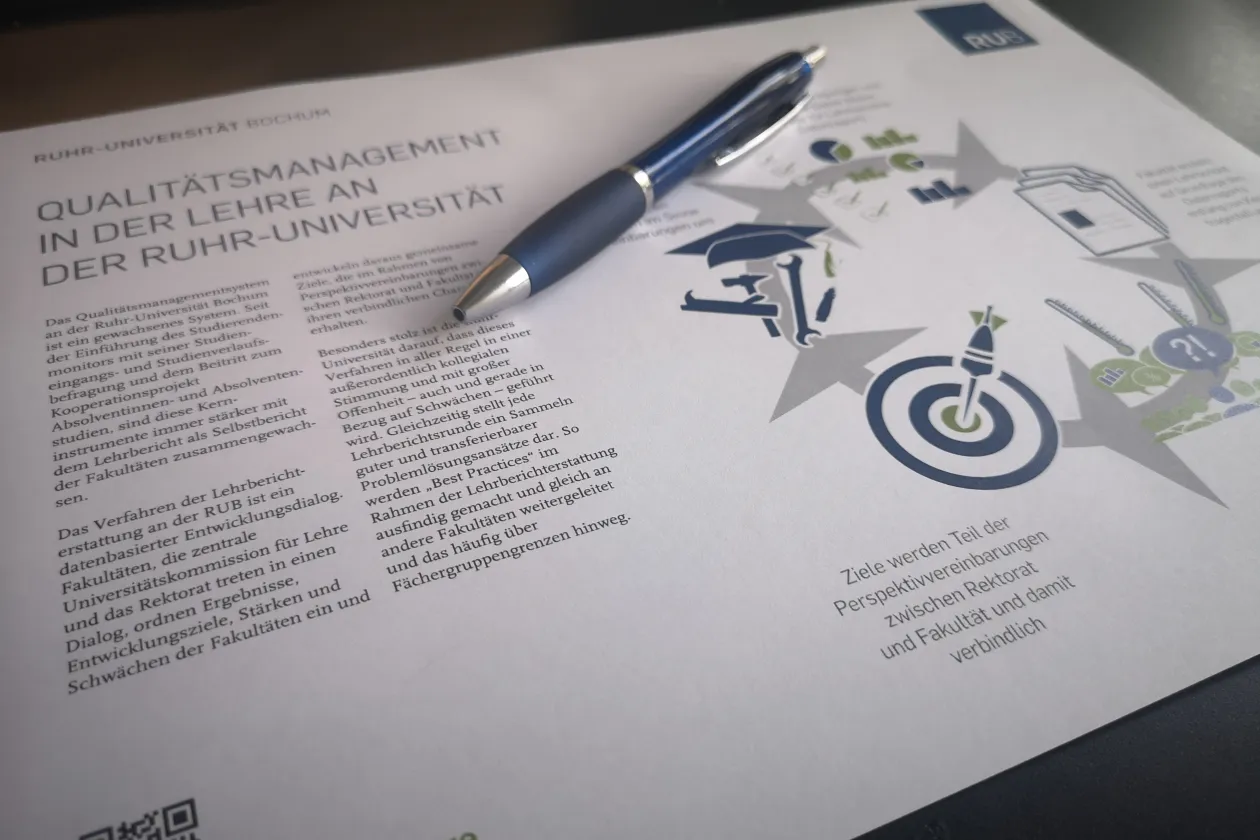Which browsers are supported?
To the best of our knowledge, all javascript-enabled browsers are supported. Occasionally, some browsers may display the website differently.
Why do I have to enter an access code?
The access code ensures that only those people who belong to our target group take part in the survey. It also allows you to interrupt the survey at any time and continue at a later date by logging in again with your access code.
What happens to my answers?
During the survey phase, your answers are initially stored on a server of the ISTAT survey institute. The survey data is transmitted via an encrypted connection. Your name, address and, if applicable, your e-mail address are not included in this database.
When are the answers saved?
Your answers are only saved when you leave a page by clicking on the "Next" or "Back" buttons.
Can I correct my answers?
You can correct your answers at any time. Only the last entry for each question is saved in the database.
For all questions where you have to click on a box or circle to answer, you can reset the checkmark or radio button by simply clicking on the corresponding field again.
In addition, for questions where you have to click on a circle to answer, the radio buttons are reset when you click on another field.
Can I continue the survey at a later time?
You can interrupt the survey at any time. If you continue the survey at a later time, the information you have already provided will be included in the form.
Why do questions sometimes go missing?
It can happen that individual questions are "missing" because they do not fit your situation. For example, if you do not have any children, the question about the number of children is superfluous and inappropriate for your situation. In this case, the question about the number of children and the corresponding question number would be "missing".
What happens to my address details?
Your address data, which you may enter in the online questionnaire, will be stored together with the access code you received by post or e-mail in a separate database from the survey data. The data is transmitted by the browser via an encrypted connection.
Can I be identified by combinations of characteristics, e.g. subject area and institution?
When displaying the results, care is taken to ensure that individuals cannot be identified. For example, if there is only one female graduate in a subject area, the results for this subject area are not shown separately by gender.


